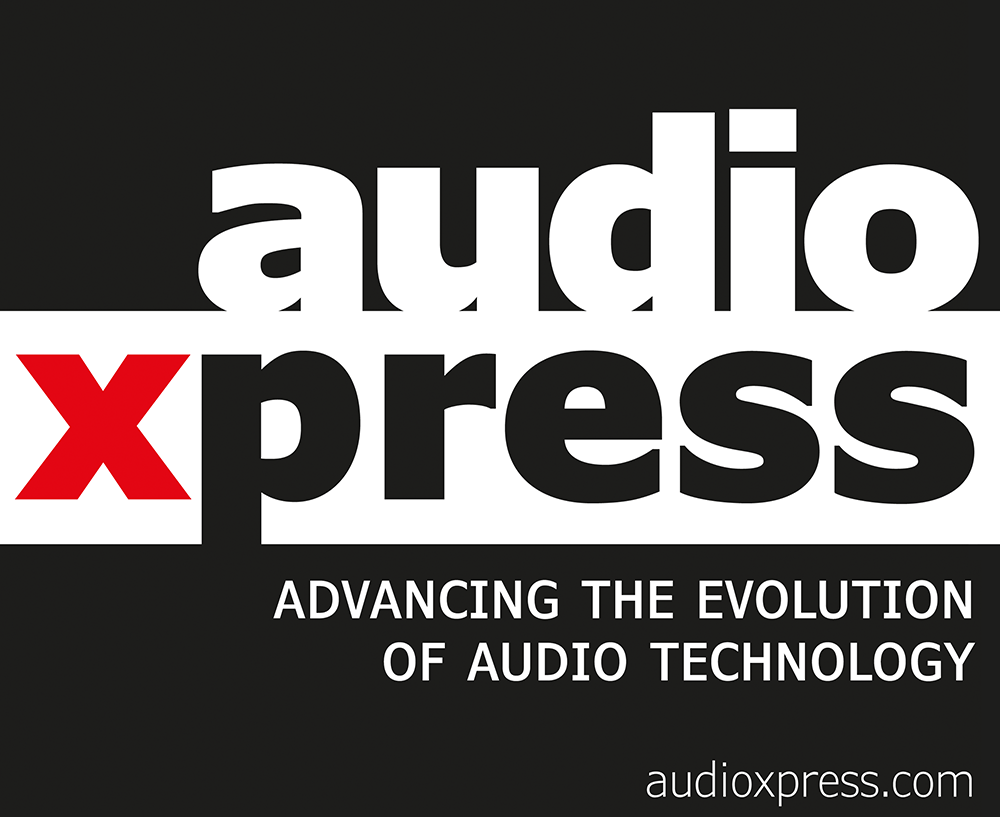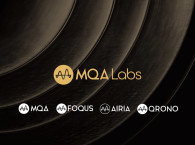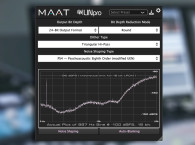
According to MQA Labs, which is now a division of Lenbrook Media Group, a software, IP, and audio content distribution and management company, the new Plugins are the answer to solving decades of problems generated by the earlier digital recording techniques. Problems that, throughout the production and playback chain, including the conversion back to analog, generated errors “which contribute to a cumulative, unnatural smearing of individual sounds,” as MQA describes.
“The key to resolution, therefore, lies in time domain accuracy,” MQA Labs states, and these new processing plugins are designed to ensure and restore that accuracy. Starting with the Input plugin, designed to avoid the unnatural time domain effects of the analog-to-digital converter (ADC) and allowing the user to preserve resolution in recording. And this is done through a series of controls, starting with the “Clarity Control,” a mechanism “used to shift unwanted and unnatural time distortions.” Effectively, this adjusts post-ring artifacts to the original impulse.

This control is then followed by Noise Shaping and Dithering. “For enhanced resolution, it’s important to dither the musical signal with a very small amount of noise. This dither tightly constrains time-smear and allows us to hear details below the noise floor of the recording. The other key to this is shaping the noise away from the most sensitive parts of our hearing range, where the dither accomplishes its function without being audible.” Effectively a well-established method that users have never had much control over.
This is followed then by the Output plugin, which shares some concepts with the Input plugin and contains key differences. The Output plugin is meant to be used on the Output Bus as the last process in the chain after the master fader. The Align and Depth functions work together to enhance the entire mix, much like in the Input plugin. Finally, custom Noise Shaping and Dithering have a ‘Learn’ mode, where the noise floor is analyzed to create a noise shaper, uniquely customized to the track. This can be compared with standard shapers, and accepted or customized by the user.

The user can then capture and record the track with the settings that were chosen, and export in WAV or FLAC formats. As MQA Labs explains, these plugins “provide a new window into revealing all that digital music has to offer.”
Members of the MQA Labs team will be on hand at NAMM 2025 (Booth 15924, ACC North Level 1) to demonstrate and discuss these new plugins. They’ll also be available to talk about MQA Labs’ wider suite of products including FOQUS, QRONO, MQA, and AIRIA.
www.mqalabs.com









